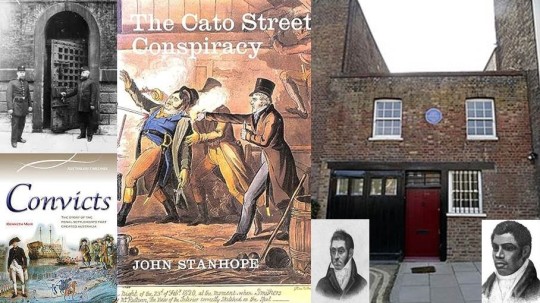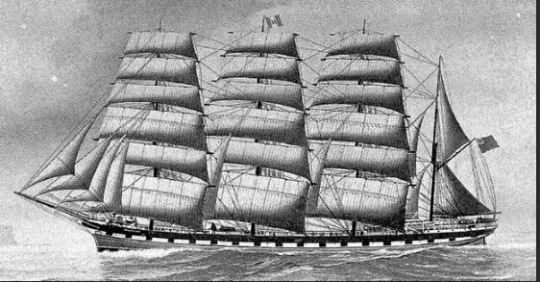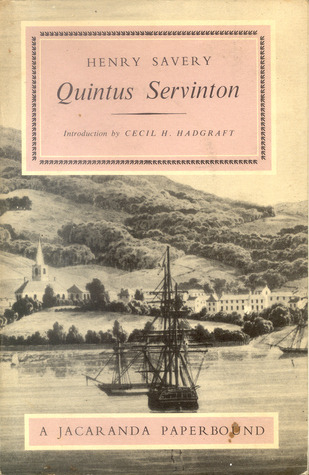#Australianconvicts
Explore tagged Tumblr posts
Text
CATO STREET CONSPIRACY
CATO STREET CONSPIRACY
22-23 February 1820
The Spencean Philanthropists were a revolutionary organisation who plotted to overthrow the government and kill Prime Minister Lord Liverpool. The group of men included Arthur Thistlewood, George Edwards and Jamaican-born William Davidson. The men were angry about the Peterloo Massacre, as well as the depression and King George III had just died which resulted in public unrest. The group of men rented a small house in Cato Street to use as their base and conspired to kill all the politicians whilst they were together at dinner. They planned to seize key buildings, overthrow the government and oversee a radical revolution.
An informer spilled the beans and on 23 February, 12 officers were waiting for the group of men to arrive. The men arrived at 7:30pm near the Cato Street building where the police apprehended thirteen of them. During the scuffle, Thistlewood killed police officer Richard Smithers with a sword. Some of the men escaped but were arrested a few days later.
Most of the men were found guilty and sentenced to be hanged, drawn and quartered; however, there sentence was later changed to hanging or beheading. The men were hanged at Newgate Prison on 1 May in front of a large crowd. Five of the men were transported to Australia as convicts.

#catostreetconspiracy #australianconvicts #arthurthistlewood #georgeedwards #williamdavidson
#cato street conspiracy#catostreetconspiracy#australian convicts#arthur thistlewood#george edwards#william davidson
1 note
·
View note
Text
I’ve been asked on numerous occasions where I find my story ideas and what inspires my blog posts. I always answer that it’s a little bit of everything- song lyrics, a place I’ve visited, an event, a name, etc….
Well, this week’s blog is inspired by the glass of wine I enjoyed with dinner on Sunday. Well, the label on the bottle to be more precise. (No, I didn’t drink the whole bottle before you ask!)
For weeks while I’ve been doing the weekly supermarket shop a particular bottle of Australian Chardonnay has been catching my eye. However, at full price, it was a little over my preferred budget. This week it was on special. Still a little over my price but I thought “What the hell!” and picked up two bottles. (I’m a bit weird that way as I’ll always buy bottles of wine in pairs.)
What had attracted my attention? The label on the front of the bottle and the name 19 Crimes.
Over dinner on Sunday, initially conversation wasn’t really holding my attention (sorry, guys) and I turned the wine bottle, that was sitting in front of me on the table, around to read the label on the reverse.
Intriguing…..what were the 19 Crimes?
This sparked an entirely different dinner conversation after a little emergency “Googling.”
So, were there really 19 Crimes that led to convicts being transported to Australia?
Yes! And between 1768 and 1868 thousands were in fact transported to Australian.
The 19 Crimes were:
Once dinner was over and a second glass of wine had been poured, I sat down at my desk to do a little more digging into this subject.
Don’t panic! You’re not about to get a lengthy history lesson…… only a short one.
The first eleven convict ships set sail from England in 1787. They arrived at Botany Bay on 20 January 1788 where the first European community on the continent was established….and so Sydney, NSW was born.

Over the next forty some years several other penal colonies were established as more convicts arrived. The most famous of these was Port Arthur in Van Diemen’s Land (Tasmania) in 1803.

Penal transportation peaked in the 1830’s. However opposition to this practice grew throughout the 1840’s. Transportation to Van Diemen’s Land ended in 1853 when the last convict ship, the St Vincent, arrived from England.
Small numbers continued to be transported to a colony in Western Australia but on 10 January 1868 the last convict ship, The Hougoumont, docked. (pictured above)
In total 806 ships had transported approximately 164 000 convicts to the continent over a period of eighty years. Around 24 000 of these were women, some of whom had deliberately committed petty crimes in order to be transported to join their husbands. Records show that 70% of those transported were from England and Wales, 24% from Ireland, 5% from Scotland and the remaining 1% a mix of convicts from the British colonies in India, Canada, New Zealand, Hong Kong and the Caribbean.

Some of those transported went to lead successful new lives in Australia. Some notable convicts were:
James Blackburn, famous for his contribution to Australian architecture and civil engineering
Daniel Connor who was sentenced to seven years transportation for sheep stealing went on to become one of the largest landowners in central Perth by the 1890’s.
Francis Greenway became a famous Australian architect.
Laurence Hynes Halloran founded the Sydney Grammar School.
Henry Savery is noted as being Australia’s first novelist and author of Quintus Servinton


One female convict stands out. Mary Wade was the youngest convict transported to Australia aged only 11 years old. She went on to have 21 children and at the time of her death had over 300 living descendants!
This slideshow requires JavaScript.
Twenty one children!!!!
That thought calls for another glass of wine! 😉
some images sourced via Google – credits to the owners
19 Crimes��. and a glass or two of wine I’ve been asked on numerous occasions where I find my story ideas and what inspires my blog posts.
#19Crimes#aglassofwine#amblogging#Australianconvicts#chardonnay#convictships#history#MondayBlog#MondayBlogs#penalcolonies#penaltransportation#transportation#VanDiemensLand#wine
0 notes